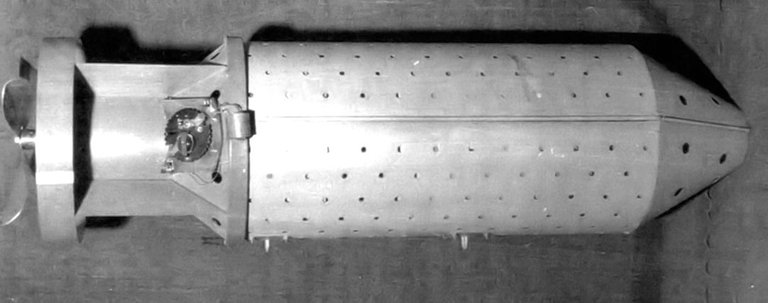
"Bat Bombs: The strange idea of connecting incendiary bomb to a flying mammal on World War II"

Attack on Pearl Harbor (image source)
When the Japanese launched a surprise attack against the United States at their Naval Base in Pearl Harbor on the morning of December 7, 1941, 60-year old dentist Dr. Lytle S. Adams came up with an idea of connecting tiny and time-fused incendiary bombs to flying mammals and then deploy them to enemy base to enflame the entire country as well as cause destructive explosions.
Dr. Adams came up with this idea when he learned of the incident in his radio while driving his way home from a vacation. He suggested that Japanese structures are vulnerable to incendiary devices since their houses were made of bamboo, paper and other highly volatile materials.

Dr. Lytle S. Adams (image source)
Enraged by this incident he took his idea seriously that he submitted it to the White House in January 1942 as means for US retaliation against the Japanese Empire. Subsequently, US President Franklin Roosevelt approved the project on the advice of American zoology professor Donald Griffin.
Dr. Adams explained his plan to release the bat bombs over Japanese cities having widely dispersed industrial targets. He proposed that due to the relatively high altitude on the time of their release, the bats would spread far from the point of release.
These bats would then hide in all the buildings and structures across the city at dawn. Afterwards, built-in timers would ignite the bombs which would eventually cause widespread fires and chaos in the entire area and he believed that this would speed up the surrender of the entire Japanese Empire.
The military considered the project serious enough that military napalm inventor Louis Fieser helped with the project and designed 0.6 ounce (17 grams) and 1 ounce (28 grams) incendiary device to be carried by the bats.

To be able to drop the bat bombs from 5,000 feet (1,525 meters), a bat carrier was designed. It is similar to a bomb casing which includes 26 stacked trays with each containing compartments for 40 bats. So as the carriers are dropped this high altitude, the trays would separate but would still be connected to a parachute that would deploy at 1,000 ft. (305 m).

Carlsbad Army Base image source
In one of the series of tests that were conducted that time, the Carlsbad Army Airfield Auxiliary Base near Carlsbad Mexico was set on fire on May of 1943 when test subjects (armed bats with napalm) were accidentally released.
Definitive test was carried out on a mockup of a Japanese city built in Utah and observers of the tests produced optimistic accounts. In fact the chief of the incendiary testing said that,
”A reasonable number of destructive fires can be started in spite of the extremely small size of the units. The main advantage of the units would seem to be their placement within the enemy structures without the knowledge of the householder or fire watchers, thus allowing the fire to establish itself before being discovered.”
The National Defense Research Committee (NDRC) had also concluded the effectivity of this weapon than the standard incendiary bombs in use at that time.
And by the time that the project was cancelled, it was estimated that over 2 million USD had been spent for its research. The development of the bomb was thought to be slow and "was overtaken in the race for a quick end to the war by the atomic bomb project".
References:
- https://www.ncbi.nlm.nih.gov/pubmed/15666497
- https://historykey.com/the-bat-bomb-from-ww2/
- https://en.wikipedia.org/wiki/Bat_bomb
- https://en.wikipedia.org/wiki/Louis_Fieser

Great information bro didn't know anything about this.Thanks for giving this.
Some of the images you're using are copyrighted. Try to find their replacements with CC images.

This post has been voted on by the steemstem curation team and voting trail.
There is more to SteemSTEM than just writing posts, check here for some more tips on being a community member. You can also join our discord here to get to know the rest of the community!
Hi @asbonclz!
Your post was upvoted by utopian.io in cooperation with steemstem - supporting knowledge, innovation and technological advancement on the Steem Blockchain.
Contribute to Open Source with utopian.io
Learn how to contribute on our website and join the new open source economy.
Want to chat? Join the Utopian Community on Discord https://discord.gg/h52nFrV
People really do crazy things in desperate time. This is not the first time people were using animals as weapons or to be precise a living bomb. US government used to deploy pidgeons as a guidance to bomb attack in a project called Project Pidgeon and Russian used to train anti-tank dogs to bring explosives and explode underneath enemy tanks. Of course in all kind of scenario, the bomb-bounded animals died.
Oh really?
Pretty much🤣😆